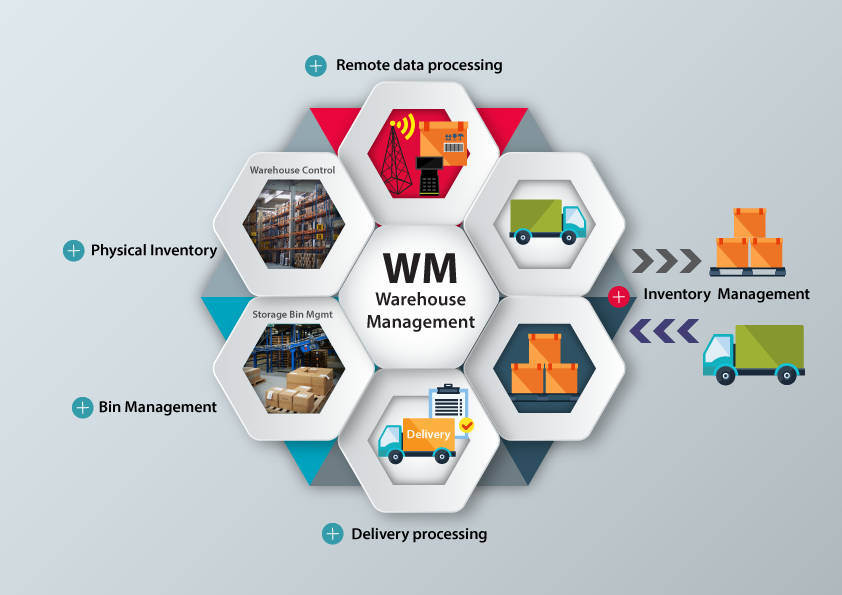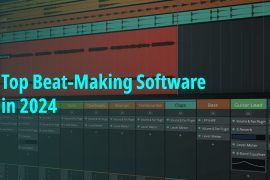Freemium project management software is a hybrid model that offers both free and premium (paid) versions of project management tools. The term “freemium” is a fusion of “free” and “premium,” reflecting the dual nature of these offerings. In the context of project management, freemium software plays a crucial role in enabling organizations to get started with essential project management features at no cost while offering the option to upgrade to advanced capabilities.
Freemium project management software is significant for several reasons. It provides a low-cost entry point for businesses, especially startups and small teams, allowing them to initiate and manage projects efficiently without incurring immediate expenses. This approach fosters collaboration, task tracking, and timeline management. As projects evolve, organizations can opt for premium features, scaling their tools in line with their growth. Freemium solutions facilitate accessibility and flexibility, empowering a wide range of users to improve productivity, enhance communication, and meet project goals. In this article, we will explore the benefits, features, and top options of freemium project management software, helping you make informed choices for your project management needs.
Table of Contents
Benefits of Using Freemium Project Management Software

Using freemium project management software offers numerous benefits.
- Cost-Efficiency: The free versions provide essential project management features without the financial commitment, making it ideal for startups and small businesses.
- Scalability: Teams can start small and upgrade as their projects and needs grow, ensuring flexibility in resource allocation.
- Collaboration: Freemium tools facilitate team collaboration by allowing members to share tasks, documents, and updates easily.
- Task Organization: You can efficiently organize and track tasks, deadlines, and priorities, leading to enhanced project efficiency.
- Accessibility: Most freemium tools are cloud-based, providing access from anywhere, and promoting remote work and flexibility.
- User-Friendly: These tools often feature intuitive interfaces, reducing the learning curve for new users.
- Real-Time Updates: Keep everyone in the loop with real-time updates on project progress and changes.
- Community Support: Many freemium tools have active user communities, offering support and resources.
Top Freemium Project Management Software Options
Asana
Asana is a popular project management and team collaboration tool that empowers teams to organize, track, and manage their work efficiently. With its user-friendly interface and a wide range of features, Asana has become a go-to choice for teams of all sizes. Asana’s freemium plan offers a solid foundation for task and project management, making it a valuable tool for teams seeking to boost productivity and streamline their work processes.
Key Features:
- Task Management: Create and assign tasks, set due dates, and prioritize work to keep everyone on the same page.
- Project Organization: Structure projects with boards, lists, and timeline views for visual clarity.
- Collaboration: Foster teamwork by allowing team members to comment on tasks, share files, and communicate in real time.
- Automation: Automate repetitive tasks and workflows, saving time and reducing manual work.
- Customization: Tailor Asana to your team’s needs with custom fields, templates, and project forms.
Trello
A highly visual and intuitive project management tool that helps individuals and teams organize their work using boards, lists, and cards. Trello with its simplicity and flexibility, is widely used for managing tasks, projects, and collaborative efforts. Trello’s freemium plan provides a straightforward and efficient way to manage projects and tasks visually, making it a preferred choice for those who value simplicity and flexibility in their project management approach.
Key Features:
- Boards and Lists: Create boards to represent projects and use lists to break them down into actionable tasks.
- Cards: Each card on a Trello board represents a task or item that can be moved, labeled, and customized.
- Drag-and-Drop Interface: Easily move cards between lists and boards, reflecting task progress.
- Checklists: Add checklists to cards for task breakdown, and mark items as completed.
- Labels and Labels: Categorize and prioritize cards with labels and due dates.
Wrike
Wrike is a versatile project management and collaboration platform designed to streamline work processes and improve team productivity. Known for its flexibility and comprehensive features, Wrike offers solutions for various industries and team sizes. Wrike’s freemium offering provides a glimpse of its extensive capabilities, making it a valuable choice for teams looking to improve project management, enhance collaboration, and achieve better overall work efficiency.
Key Features:
- Task and Project Management: Create and assign tasks, set due dates, and organize them into projects and folders.
- Gantt Charts: Visualize project timelines and dependencies with interactive Gantt charts.
- Collaboration: Enable real-time collaboration with file sharing, comments, @mentions, and activity streams.
- Custom Workflows: Tailor workflows to match your team’s unique processes and automate tasks.
- Reporting and Analytics: Generate custom reports and dashboards to track project progress and team performance.
ClickUp
ClickUp is a robust project management and productivity platform that caters to a wide range of teams and industries. Known for its flexibility and extensive feature set, ClickUp is designed to help teams streamline their work, manage tasks, and collaborate effectively. ClickUp’s freemium version offers a comprehensive set of features, making it a valuable choice for teams seeking a versatile and customizable project management solution.
Key Features:
- Custom Views: Customize your workspace with various views, including list, board, Gantt chart, and calendar views.
- Goals: Set, track, and align goals across your organization.
- Time Tracking: Monitor time spent on tasks and projects with built-in time tracking.
- Automation: Automate repetitive tasks and workflows for improved efficiency.
- Integration: Connect ClickUp with numerous third-party tools and apps to streamline your work ecosystem.
Monday.com
Monday.com is a highly versatile work operating system and project management platform that offers teams a dynamic way to plan, track, and execute work. It stands out for its ability to adapt to a wide range of project management needs. Monday.com’s freemium version provides a solid foundation for teams seeking a flexible and adaptable project management solution with a visually engaging approach to work organization.
Key Features:
- Automation: Streamline processes by automating repetitive tasks and workflows.
- Collaboration: Foster team collaboration through discussions, document sharing, and real-time updates.
- Time Tracking: Monitor and manage time spent on tasks and projects.
- Templates: Access a library of templates for various use cases to jumpstart your projects.
- Dashboards: Visualize project data and progress with customizable dashboards and widgets.
FreedCamp
Freedcamp is an all-in-one project management and collaboration platform designed to simplify project planning, tracking, and communication. With a focus on user-friendliness, Freedcamp is a valuable tool for teams looking to streamline their work processes. Freedcamp’s freemium version offers a comprehensive set of features that make it an excellent choice for teams seeking a user-friendly and efficient project management solution without a substantial financial commitment.
Key Features:
- Task and Project Management: Create, assign, and organize tasks and projects within a user-friendly interface.
- Kanban Boards: Visualize your work and manage tasks using Kanban boards.
- Collaboration: Foster teamwork with file sharing, discussions, and real-time updates.
- Time Tracking: Monitor time spent on tasks and projects, aiding in productivity analysis.
- Gantt Charts: Visualize project timelines and dependencies using Gantt charts.
Todoist
Todoist is a widely used and intuitive task management tool that simplifies work organization and boosts productivity. It excels in its straightforward design and user-friendly features, making it an ideal choice for individuals, teams, and professionals seeking an efficient way to manage tasks. Todoist’s freemium plan is a fantastic choice for small teams, providing an efficient and straightforward solution for task management and productivity enhancement.
Key Features:
- Projects and Sections: Group related tasks into projects and subsections, providing a structured workflow.
- Task Comments and Attachments: Collaborate with team members by adding comments and attachments to tasks.
- Reminders and Due Dates: Set reminders and due dates to stay on top of tasks and deadlines.
- Karma Points: Gamify productivity with Karma points, encouraging task completion and goal achievement.
- Labels and Filters: Use labels and filters to categorize and find tasks quickly.
Future Trends in Freemium Project Management Software
Future trends in project management software point toward increased automation and artificial intelligence integration. AI-driven tools will aid in task prioritization, predictive analytics, and identifying potential project risks. Enhanced security measures will become crucial as remote work continues to grow. The integration of virtual and augmented reality into project management may improve collaboration and visualization. Additionally, we can expect a focus on eco-friendly project management solutions as sustainability gains prominence. Collaboration and communication tools are likely to become more interconnected, offering seamless cross-platform integration. As the demand for remote work solutions persists, software emphasizing remote team management and virtual collaboration will continue to evolve.
Conclusion
In conclusion, freemium project management software has emerged as a valuable resource for teams and organizations seeking efficient ways to plan, execute, and track their projects. These tools provide a cost-effective entry point, allowing startups and small businesses to enhance their project management capabilities without immediate financial burden.
The key takeaway is that while freemium versions offer a subset of features, they often provide essential functionalities for task management, collaboration, and organization. As teams grow and their needs expand, the option to upgrade to premium plans with more advanced features and capabilities becomes available.






